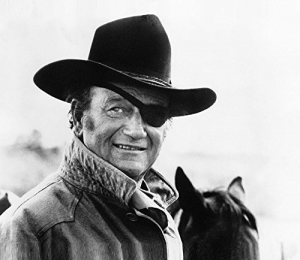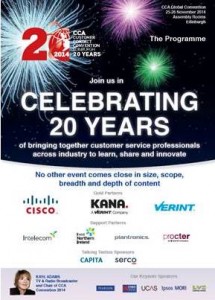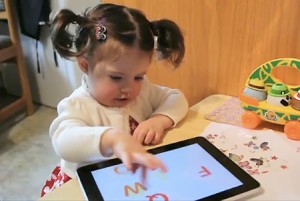 I spent today at a client, talking futures and opportunities: smart people, open discussion, transparency; the most productive forum for communication.
I spent today at a client, talking futures and opportunities: smart people, open discussion, transparency; the most productive forum for communication.
As I travelled back (reading The Culture Code by Daniel Coyle and doing 3 things at once), I remembered something about people making connections and it is worth a note.
Many commentators talk about the human side being just as important, if not more so, than skills or IQ these days. Recruiters look for accomplishments outside the norm, such as inventions, entrepreneurial achievements and especially how an individual has come from or dealt with difficult circumstances.
With soft skills carrying more weight in hiring decisions, those that can show courage, perseverance, resilience as well as an openness and willingness to learn, will win the day in future. This is defined as grit, and some even pattern-match to find people that have these gritty characteristics. It’s part of our evolution and only today we talked about traditional education transforming in response to digital technology and culture – industries will move ahead without us if we don’t change.
One final consideration – no mention of the word “technology” in grit. We are in the people business. We always will be.
(Image to the right: the legendary John Wayne from the Western ‘True Grit’, 1969).





